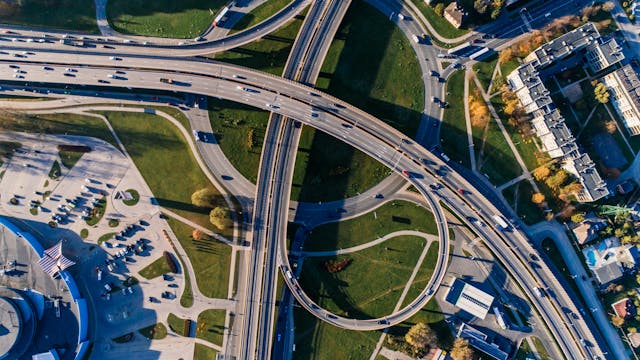30 April 2024
In 1912 the thrill of the automobile was just taking off. In 1913 a group decided that there should be a highway that could stretch across the continent, a good road, without tolls. This became the Lincoln Highway which ran from Times Square in New York, New York to Lincoln Park in San Francisco, California.
The federal highway program was not initiated until 1916 and was delayed until 1921 due to World War I, because that conflict caused a drain on funding and availability of labor.
To determine a route, the founders of the concept got into their cars and started driving. East of the Mississippi, things were pretty straightforward. However, then things got dicey, especially as the troupe moved into the thinner populated areas of the country. The trip took 34 days and they returned to Indianapolis, their home base, by train.
The most direct route was adopted and planned. Incorporating as much roadway as had already been improved, they used various trails as their basis, including a Native American Ridge Road, the Mormon Trail, Overland Stage Line, and even the Pony Express.
On the last day of October 1913, the route was dedicated and “officially” open.
While titled Lincoln Highway, a novel, by Amor Towels, this book is less about the roadway and focuses on the adventures of four young men and their interactions with each other.

In 1919 a similar proposal was made to construct a highway that made its way through the southern portion of the United States and to be named for the leader of the Confederate Army, Robert E. Lee. Originally planned to run from the Lee burial site in Washington, D.C., to New Orleans, Louisiana, it underwent numerous changes until finally it found its final destination in San Diego, California. Some of the established trails it utilized, sometimes only in part, were: Apache Trail, Bankhead Highway, and Old Spanish Trail.
This highway is a major feature of the novel West With Giraffes by Lynda Rutledge and can provide an idea of what the trip was like in the Depression Era.
Finally we come to the interstate highway system we know today. Officially named the Dwight D. Eisenhower System of Interstate and Defense Highways, this is a network of highways that links the contiguous 48 states and a uniform numbering system that continues through Hawaii, Alaska, and Puerto Rico. It should come as no surprise that this concept, proposed just after World War II by a President who was a commanding general in that conflict, was designed to allow residents a fast and safe exit from large cities in the event of a disaster. In addition, for every five miles of roadway, one mile was required to be straight and level to allow a plane to land if necessary.
It provided a standard numbering system, standard construction, and standard signage. It was possible to use many of the existing freeways, but the majority of the roadways were new. The plan wa adopted in 1956 and declared complete in 1992. Especially during the early construction, a great deal of urban housing was demolished.
So, that is how we now have the spider web of highways across our country.
